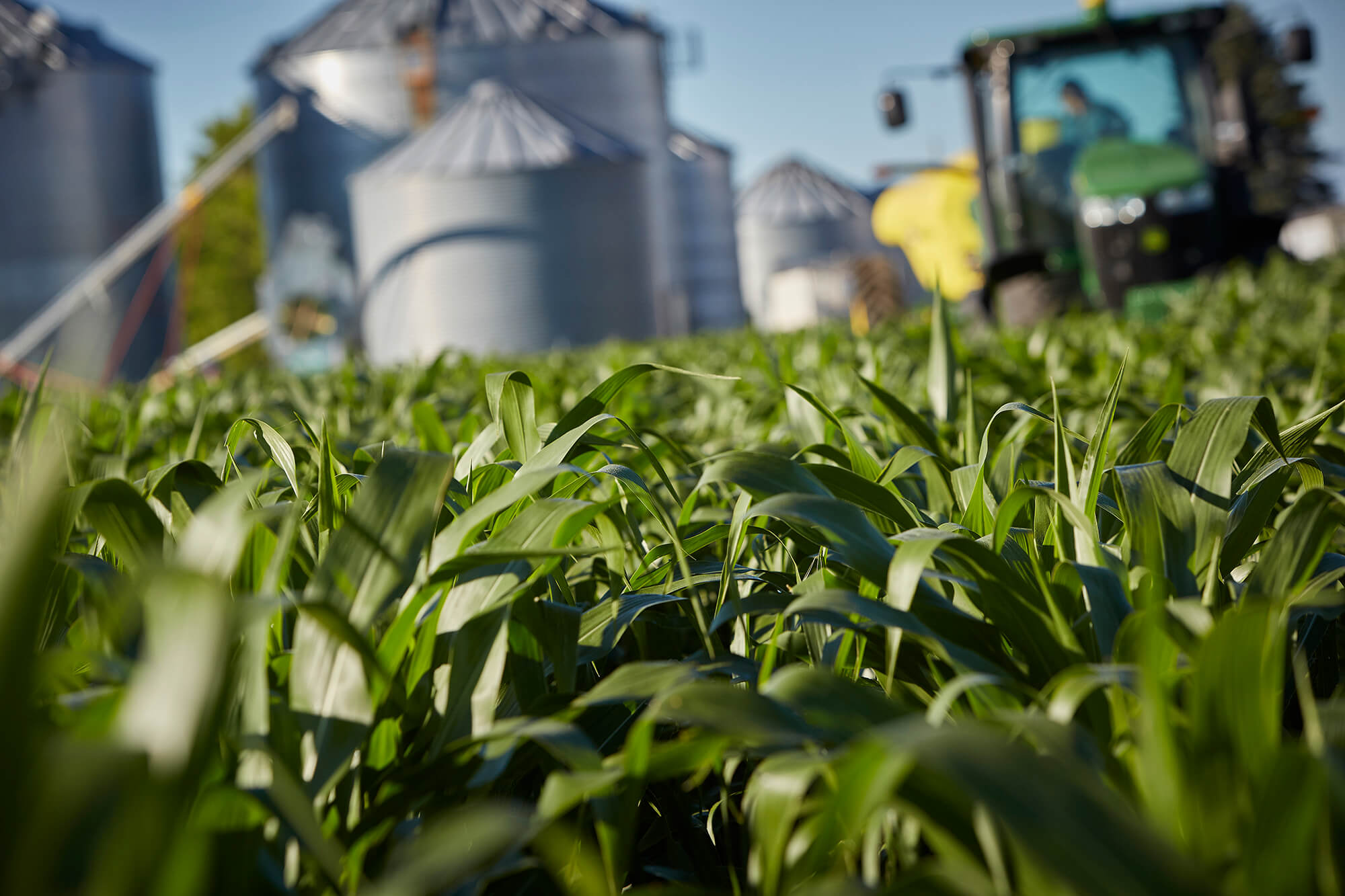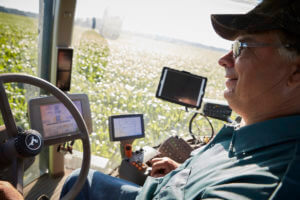 Reading Time: 3 minutes
Reading Time: 3 minutesWritten by Jonathan Eisenthal
Hundreds of farmers and crop consultants had the opportunity last week to learn how they could improve their nitrogen management techniques and maximize inputs, while minimizing environmental impacts and helping their bottom line.
 It was all part of the ninth annual Nutrient Management Conference held in St. Cloud, Minn. on Feb. 7. The conference was organized by the Minnesota Agricultural Water Resource Center (MAWRC) and supported by the Minnesota Corn Growers Association (MCGA).
It was all part of the ninth annual Nutrient Management Conference held in St. Cloud, Minn. on Feb. 7. The conference was organized by the Minnesota Agricultural Water Resource Center (MAWRC) and supported by the Minnesota Corn Growers Association (MCGA).
Attendees heard from Dr. Raj Khosla, of Colorado State University, on how they can reduce nitrogen use by almost half while still achieving the same (or better) yield using variable rate techniques.
Dr. Khosla said that rather than treating an entire farm or field the same, varying the treatment of the land both spatially and over time, reduces overall fertilizer use. For example, a hilltop and low spot tend to have different soils and different fertilizer needs and a crop has different nutrition needs in May versus July.
The key to success when using variable rates, said Dr. Khosla, is developing maps based on three layers of information: 1) Aerial imagery of bare soil and land with crops growing, which helps show the relative fertility of different parts of the field; 2) A map of relative topography showing the hills and low areas; and finally, 3) A map of the farmer’s experience.
By combining real world farmer experiences with a quantitative data driven program, farmers can create a comprehensive and actionable plan.
“As a crop consultant, you are never going to know a field as well as the farmer does,” says Matt Bruyette, who works as an independent crop consultant in Cold Spring, Minn. “That’s a very important concept—to bring together the imagery and topographical data with the farmer’s experience.”
John Mages, a farmer in Belgrade, Minn., says using precision agriculture is something he’s been doing more and more each year.
“What really stood out for me was the discussion about how you farm different parts of your farm in different ways. You’ve got your sweet spots and your poor spots,” says Mages. “This way of looking at it helps you make the most of your inputs and get the best return.”
Mages works with Bruyette to develop maps of zones on his farm where they will use different rates of fertilizer according to the zone. The local co-op then uses the GPS coordinates in those maps to place the fertilizer precisely where it’s needed.
Bruyette says each growing season tends to bring new trials involving the use of multi layered precision data.
“As new pieces of the puzzle are added, such as yield maps and historical data, we are now better able to compare in objective terms where we have found positive responses to changes in our inputs.”
This allows farmers and crop consultants to build on the approaches that seem to be working best for each particular field.
“Dr. Khosla discussed his fieldwork where he achieved a 46 percent reduction in nitrogen while maintaining the same yield—that was a real eye opener,” says Bruyette. “Any time you can show those types of benefits, it’s very powerful.”
Farmers and other ag professionals will have another chance to learn about the latest nitrogen management research and precision agriculture techniques at the University of Minnesota’s Third Annual Nitrogen Conference, taking place Thursday, February 16 at the Verizon Wireless Center in Mankato.
To view nitrogen-related research funded by Minnesota’s corn farmers click here.


